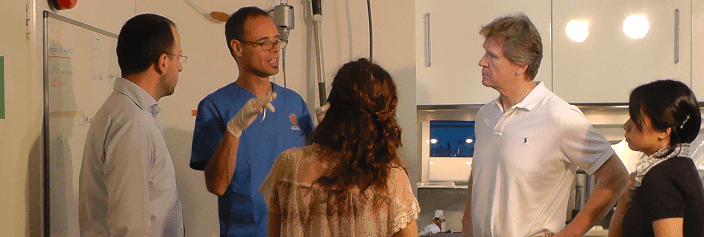
Orthotropics for dental practitioners
Practical guidance about Orthotropics.

What is orthodontics? For most dentists their orthodontic education was a complex and difficult art shrouded in mystery that mainly involved basic information on types of malocclusion, when to refer and what types of appliances were used. It may come as a surprise to most general dentists that the Orthodontist were almost as confused as well. Depending on the era or area an orthodontist is trained, their treatment philosophy will vary alarmingly widely, opinions between different countries often being diametrically opposed in their approach.
It may come as a further surprise that with levels of malocclusion approaching 85% in modern societies the aetiology is unknown in all but but 5% of the cases. Considering this includes all the syndromes, trauma cases, infectious diseases and obvious cases such as thumb sucking or sever adenoids, then for the children that most general dentist are referring, the orthodontists have no idea what has caused the problem.
With a relatively unspecific epidemiology, no pathology or clear cure orthodontics research and knowledge is limited to treatment methods and as a profession lacks most of the corner stones of a true science. It is a profession that started when it was found that appliances could align crooked teeth, which has then tried unsuccessfully to validate its self retrospectively.
And interesting observation is that adults with straight teeth usually have straight teeth naturally and adults who had Orthodontics when you were younger don’t. It is not uncommon to see adults who had extractions who would require an additional extraction to align their teeth, so that the canines would contact the first molars, who are also missing their wisdom teeth- any healthcare professional must question the logic to this.
What is orthotropics? Orthotropics is a science that has developed by going back to a blank canvas and assessing what we do know, to generate a science bases on the evidencethat has aetiology, epidemiology, pathology and cure, as well as just treatments. Although the genetic contribution to facial growth is undeniable is also undeniable that the environment can also have an influence and Orthotropic’s works on influencing this componentto gain permanent changes.
While no one would wish to deny that the teeth and alveolar bone sit in a balanced position between the tongue and soft tissues, the influence of the environment on the wider structure seems to be ignored. Experiments of nature such as muscular dystrophy strokes and total nasal obstruction show the dramatic effect that the environment can have on the shape of the anterior facial skeleton, increasing its length. An increase in the facial length reduces it width and depth of reducing its cross-sectional area, which is the tooth bearing area and the tongue space. By understanding and reverse this process Orthotropics can increase the size of the tooth bearing area and indeed the tongue space.